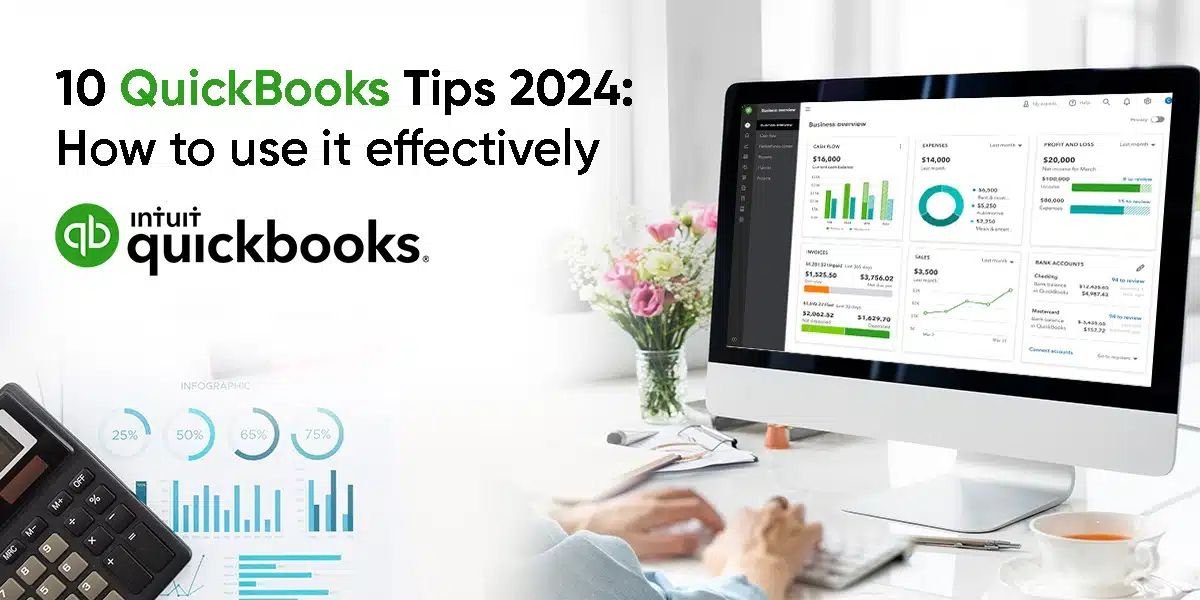

8+ Years
Of Experience in
This Finance
Advisory Company.
A Leading Global Finance & Accounting Outsourcing Company
At Globus Finanza, We Specialize in supporting US-based CPAs, EAs, and accounting firms with backend accounting and tax solutions.
Globus Finanza ensures transparency, controls, and cost-effectiveness by providing high-quality financial services tailored to your needs, which allows you to focus on growth while we manage the complexities in accounting and tax preparations.



What Services We Offer



Experience & Professionalism
Our team of qualified financial experts brings a wealth of experience in areas such as accounting, payroll, and tax services.
Quick Response
We prioritize swift responses to your needs, maintaining top-notch quality and efficiency in decision-making and control mechanisms.
Data Security
Your data security is paramount. We employ advanced security measures and adhere to industry standards and regulations to safeguard your financial information.
Scalability
Our outsourced services adapt to your evolving business needs, whether you're expanding, growing, or entering new markets.
8985
+
Happy Clients
8585
%
Cases Completed
8285
+
Years Of Experience
30380
+
Professional Team
Latest Blog & Articles
Let’s Request a Schedule For Free Consultation




“ Being a client of Globus Finanza for the past two years, I can confidently say that they are the best in the business. I am amazed by the level of expertise that Globus Finanza brings to the table. Their contributions have far exceeded what I had anticipated, and I am honored to have them as part of my team.
Isabella
Paradise Books LLC“ Choosing Globus Finanza for our bookkeeping and tax needs in CPA Partner service was an important choice. Their expertise has not only provided us with strong solutions but also encouraged a sense of assurance and ease in handling complex fiscal tasks.
Kelvin David
CPA firm in FloridaSoftwares we use

























































